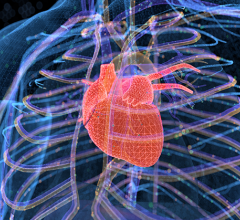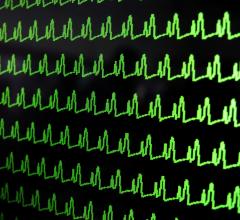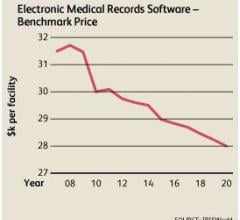
Three years ago AHA and ACC published Evidence-Based Guidelines for Cardiovascular Disease Prevention in Women, and the document is accessible to anyone online at either www.acc.org or www.americanheart.org — the bottom line is, doctors know that CVD can be prevented. But why, then, are so many women still living in the dark and dying in great droves from heart disease?
On Feb. 12, The Society for Women’s Health Research convened a group of cardiovascular experts on Capitol Hill to tell congressional staff members about a sad paradox: on the one hand, cardiac care for women — including imaging techniques and heart-assisting devices — has made great strides; yet despite technology’s advances, women are often misdiagnosed, mistreated or ignored, and continue to be under-represented in clinical trials. Yet CVD kills more women than men, about one per minute, according to AHA.
Is it a PR issue? I’d say that’s part of it, wouldn’t you? Only 13 percent of women view heart disease as a health threat, and I would suspect that the majority fear breast cancer much more than a heart attack. When I casually polled women with whom I work, the majority guessed that breast cancer is the No. 1 killer of women in this country. Why? The pink ribbon, of course. It’s an effective campaign that has successfully penetrated society.
AHA’s campaign also seeks to raise awareness through association with a color. Many are at least somewhat familiar with the Go Red for Women marketing effort, and yet somehow this great, maddening disconnect continues. Over 480,000 women die of a heart attack every year, more than the next four most common causes of death, including breast cancer — combined. Why aren’t women getting the message? How come so many are not taking care of their hearts, and don’t recognize when they’re having a heart attack?
Maybe it’s because the PR chasm engulfs more than the public at large. Is it possible that some general practitioners and practitioners — or perhaps the gynecologists to whom women return more regularly for “female” check-ups — either don’t fully grasp the gender differences in CVD symptoms, or are they, perhaps, not being as articulate and forceful in communicating the preventable lifestyle risks to both their symptomatic and asymptomatic patients?
Every practicing physician, regardless of specialty, ought to know that, besides chest pain or discomfort, heart attack symptoms in women can also include: discomfort in other areas of the upper body (including one or both arms, back, neck, jaw or stomach), shortness of breath with or without chest discomfort, plus breaking out in a cold sweat, nausea, lightheadedness and fainting.
And any doctor who hears a female patient describe these symptoms should act fast: Get her to an emergency room, and, if remotely possible, have MI ruled out —or correctly diagnosed — with a cardiac CT scan. (More on CT in our Special Report, beginning on page 23.) If more practitioners acquire a higher level of awareness, I’m certain more women will be spared.
Thanks for reminding your colleagues down the hall, and thanks for reading.


 June 14, 2024
June 14, 2024 








